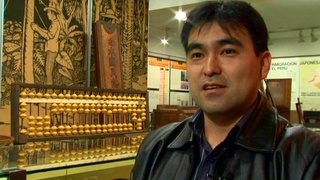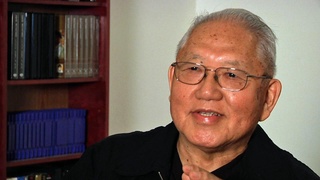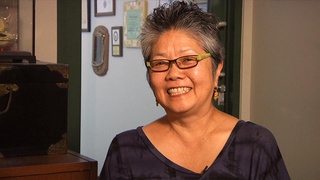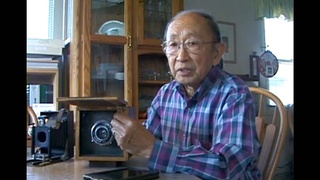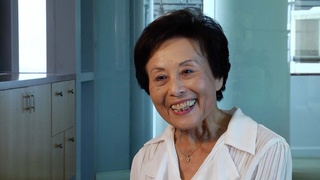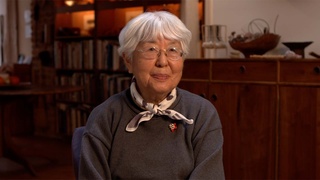Entrevistas
The first print image from film
Robert Heinecken, who was a colleague of mine, and a fellow student when we were students at UCLA. He now, at this stage, in the 80s, began to have a reputation for experimenting with technologies, but not with video, but mainly as a photographer. He was already exploring putting photo paper against the surface of a television set, the cathode tube. But nothing would happen for many, many tries. And then, eventually, he actually started getting images from taping the photographic paper, in a darkroom, against a television set, and so he used the newscasters, evening news, in order to explore. But he decided to take a risk with me with the InkJet machine that I had just helped develop with Fuji. And with that machine we produced the first images of the newscaster, of one which was of a newscaster named Connie Chung. This particular print that he made on this machine, we now have the image of the print, as well as the Metropolitan, it's also hanging in the San Francisco MOMA and also in the Chicago Art Institute.
Data: September 15, 2017
Localização Geográfica: California, US
Entrevistado: Jennifer Cool
País: Jennifer Cool, Matthew Purifoy



